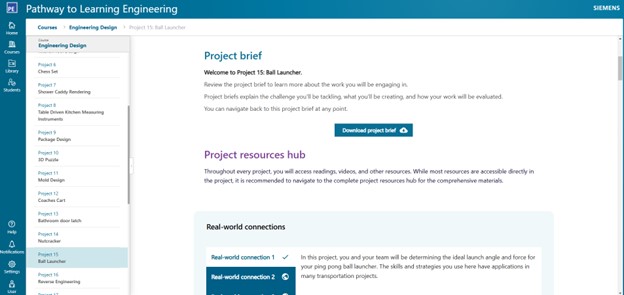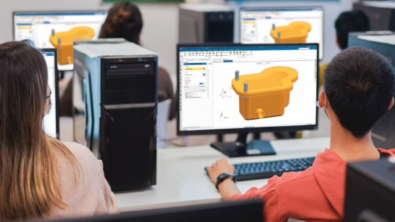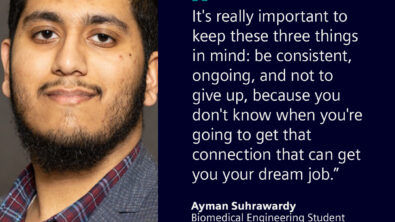Unlocking Potential: Empowering Tomorrow’s Innovators

In today’s rapidly evolving technological landscape, fostering early STEM identities and empowering learners has never been more critical. Engineering and technology are at the heart of innovation, yet access to high-quality learning opportunities remains a challenge for many students.
Early STEM identity formation and future career choices
Children often begin to form a “STEM identity” – seeing themselves as capable in science or math – during the K-12 years. One such study indicates that developing this identity early on has a lasting impact on future education and career decisions. In fact, many students’ interests in STEM declines during high school, especially for girls and underrepresented groups, if they do not see themselves as “STEM people”. Studies link a strong STEM identity in adolescence to greater intent to pursue STEM in adulthood. For example, one longitudinal study of teen girls found that those with higher science self-efficacy and STEM identity had significantly greater interest in becoming scientists over time. In that study, strengthening a girl’s confidence and identity in STEM led to a measurable increase in her likelihood of aspiring to a STEM career. These findings underscore that when students early on believe “I belong in STEM”, they are far more likely to choose STEM courses, majors, and careers later in life.
Exploration to expertise: a seamless learning journey
Building upon the success of Hour of Engineering, the interactive, beginner-friendly platform designed to spark curiosity and introduce students to the world of engineering, I am pleased to share that we have expanded the Pathway to Learning Engineering (PLE).
The Pathway’s new Standard tier provides educators with the option to select up to two courses and increases the number of educators and learners who can access the cloud-based application. The two year-long courses have been designed to deepen students’ knowledge, enhance their problem-solving skills, and prepare them for future opportunities. Published courses now available, include:
Discover Engineering – An introductory course where students learn to apply the engineering design process to real-world global challenges using industry-relevant software tools.
Siemens Engineering Design – In this project-based course students work in teams to solve complex problems using the engineering design process and engineering software.

Building Competence and Confidence
The Pathway to Learning Engineering follows a strategic approach to STEM education through these two concepts:
- Competence: Students engage in hands-on projects, real-world problem-solving, and industry-relevant challenges that develop critical engineering and technical skills using industry tools as part of their learning experience.
- Confidence: The program fosters a growth mindset by allowing students to experiment, iterate, and refine their ideas, building resilience and self-efficacy as they learn through a project-based curriculum.
One of the things I like about the curriculum is that it puts an emphasis on the transferable skills…skills you need no matter where you go; communicating, collaborating, and learning how to take ideas and bring them to life.”
Angie Covington,
Floyd D. Johnson Technology Center
Expanding access, strengthening the future
Our goal is to ensure that every student—regardless of background—has access to high-quality engineering education. By providing structured learning experiences that support learners, we help students envision themselves in STEM careers and prepare for a future where they can make a meaningful impact.
We invite educators to explore the ‘Pathway to Learning Engineering’ and discover how it can open new doors of opportunity, shaping the next generation of innovators and leaders in STEM. Visit our website for more details and please join our online community to share your ideas about how we can work together to empower the diverse leaders of tomorrow, starting today.


